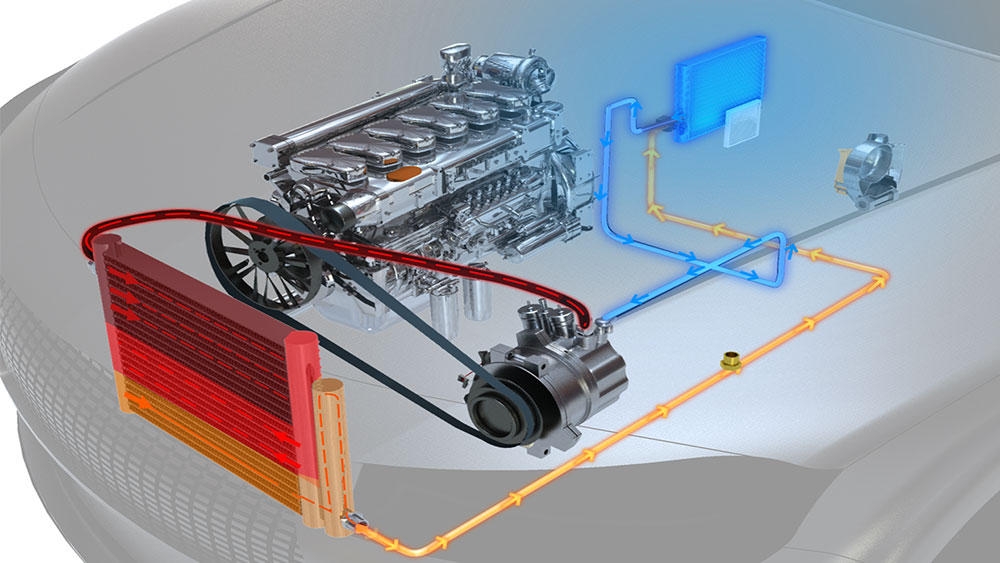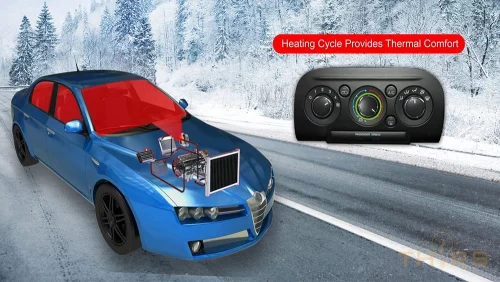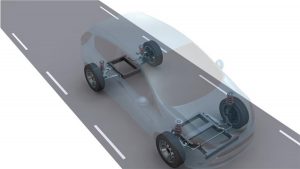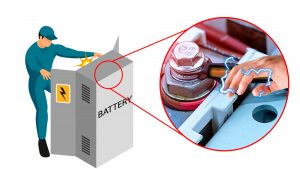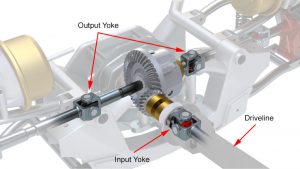Course Description
The THORS HVAC Basics course is a comprehensive introductory course on the automotive HVAC systems. Presented in a highly visual and interactive learning format, the course explains how thermodynamics works in an HVAC system. Additionally, the course gives an overview of the types of systems, the various components in the HVAC system, and the three operations–heating, ventilation, and air conditioning. The course further explains the failure modes in the HVAC system and the various service precautions to tackle them.
Who will benefit from this HVAC course?
Quality, manufacturing, engineering, purchasing, sales, and marketing teams in organizations involved in manufacturing, and distributing automotive HVAC systems.
Course Classification
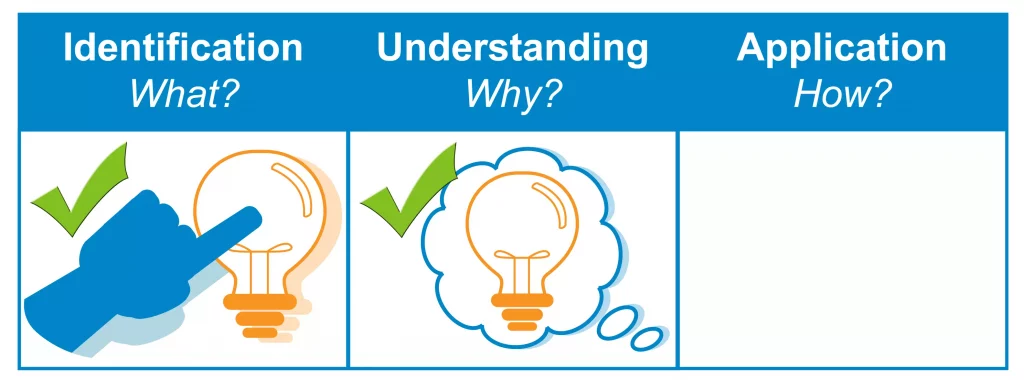
*THORS uses the Bloom’s Taxonomy Methodology for our course development.
Certificate Awarded for Heating, Ventilation, and Air Conditioning (HVAC) Basics
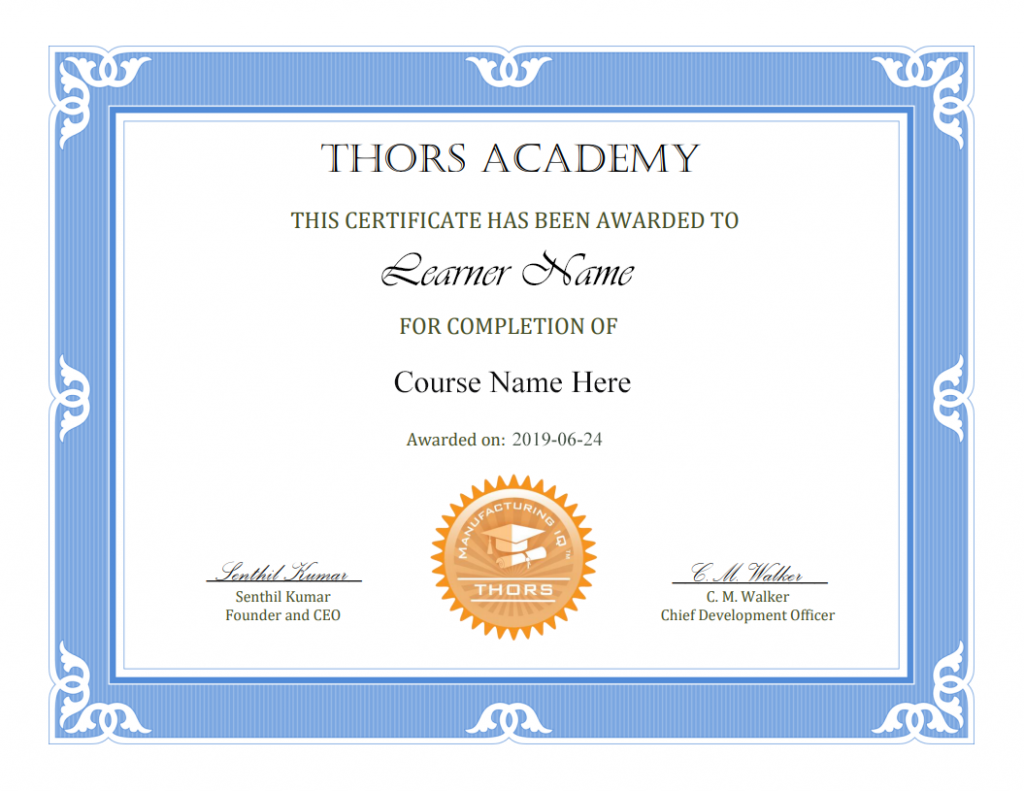
*upon successful completion
Related Posts

Why Digital Assessment Tools for Hiring are Essential
Hiring the right person for a technical position is crucial for the success of any organization. However, what happens when a new hire lacks the

How Can THORS Help Enhance Your College Education?
How Can THORS Help Enhance Your College Education? THORS Academy can help enhance your college education in a number of ways. Imagine being in a

The Role of Virtual Reality in Technical Training
In the rapidly evolving landscape of technology and industry, virtual reality (VR) in technical training is leading a revolutionary transformation in how professionals are trained.

